Complete Guide to the London Underground: How to ride “the Tube”
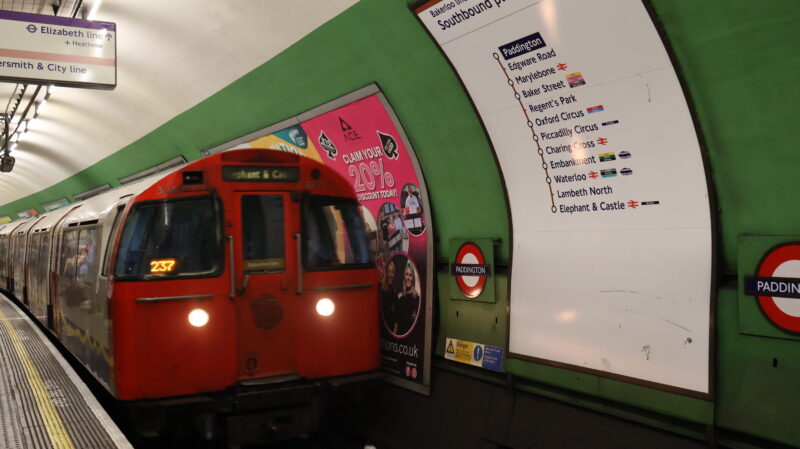

In the UK, the country where railways originated, traveling by train is very convenient!
The UK is the first country in the world to have a railway. Among the various means of transportation, the railway has many routes and services, making it a very convenient way to travel at a reasonable price. The first underground opened in London in 1863! This was the time of President Lincoln in the US during the Civil War, and the end of the Edo period in Japan, when there were real "samurai". This fact shows that the establishment of the Underground in London was a very advanced event, and that it has a long history.
So, this time we will introduce a complete guide to how to ride the London Underground! Read this article and learn how to use the London Underground conveniently like a local!

In the US it is often called “Subway”, and in France and Japan it is often called “Metro”, but in London it is called “the Underground” or affectionately “the Tube”.
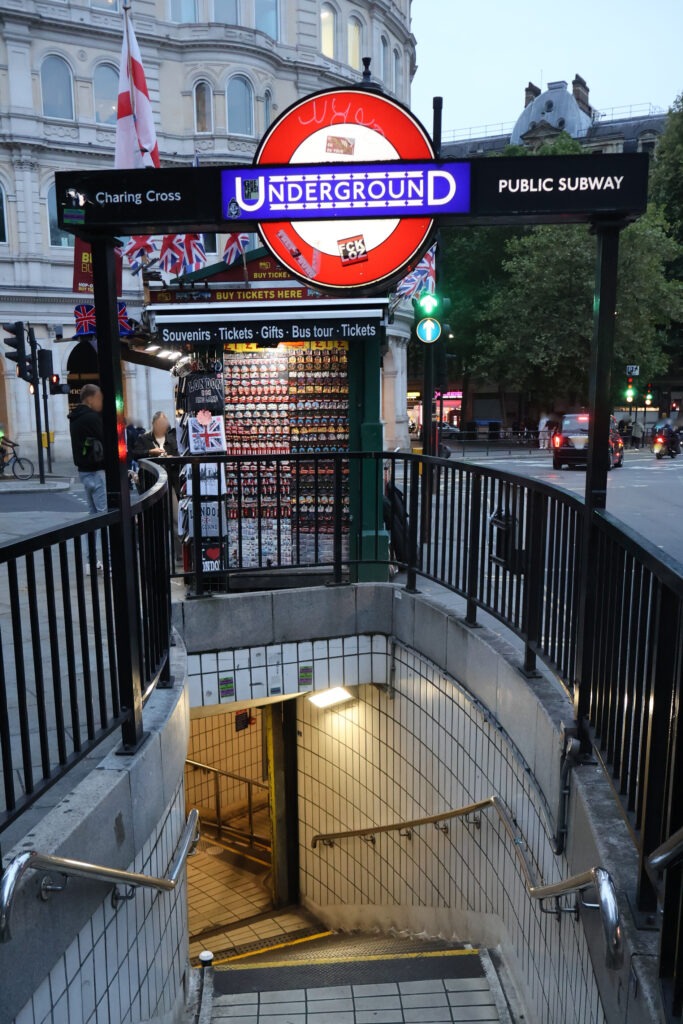

In London, the Underground sign is a red circle with a blue stripe. Remember that.
*This page contains advertisements and promotions.
There are many underground lines in London!
In London, the Underground is operated by Transport for London (TfL), a government organization. In addition to the Underground, TfL also operates buses and taxis, and it is convenient to transfer between the Underground and buses.
The Underground has the following lines, which cover central London in detail.
| Line name (in alphabetical order) | Operating section (main starting station to ending station) |
| Bakerloo Line | Harrow & Wildstone – Elephant & Castle |
| Central Line | West Ruislip – Epping |
| Circle Line | Circle Line – Hammersmith |
| District Line | Ealing Broadway, Richmond, Wimbledon, Kensington (Olympia), Edgware Road – Upminster |
| Elizabeth Line | Reading, Heathrow Airport – Shenfield |
| Hammersmith & City Line | Hammersmith – Barking |
| Jubilee Line | Stanmore – Stratford |
| Metropolitan Line | Amersham, Watford, Uxbridge – Aldgate |
| Northern Line | High Barnet, Edgware – Morden |
| Piccadilly Line | Heathrow Airport, Uxbridge – Cockfosters |
| Victoria Line | Brixton – Walthamstow Central |
| Waterloo & City Line | Waterloo – Bank |

Check out the Underground route map on the official website.
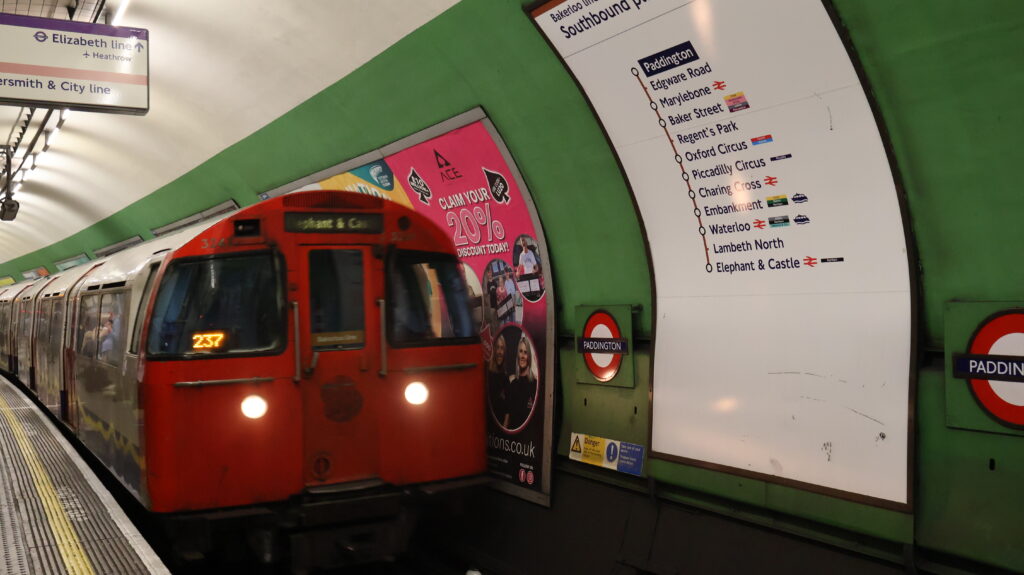
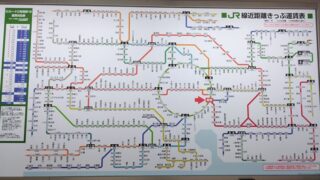
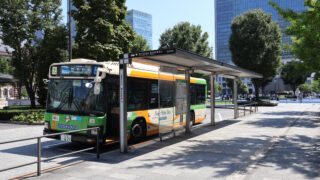
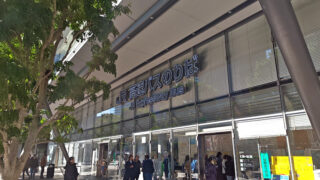
Is it difficult to pay the Underground fares!?
Super easy! Use your credit card on the London Underground
If you're visiting London for a short trip or other stay and plan to use the subway, your payment method of choice is a credit card! Simply hold a credit card that supports contactless payment over the subway ticket gate (yellow circle on the right side of the photo) and you can board without buying a ticket. Not only do you get a discount of about half the regular fare when you use a credit card, but complicated fares are automatically settled and various discounts are properly applied, making it very convenient and economical.
London's transportation IC card, the Oyster Card, also offers fare discounts and automatic settlement in the same way as a credit card, but it costs 7 pounds to purchase the card, so it's a wasteful expense for a short trip.
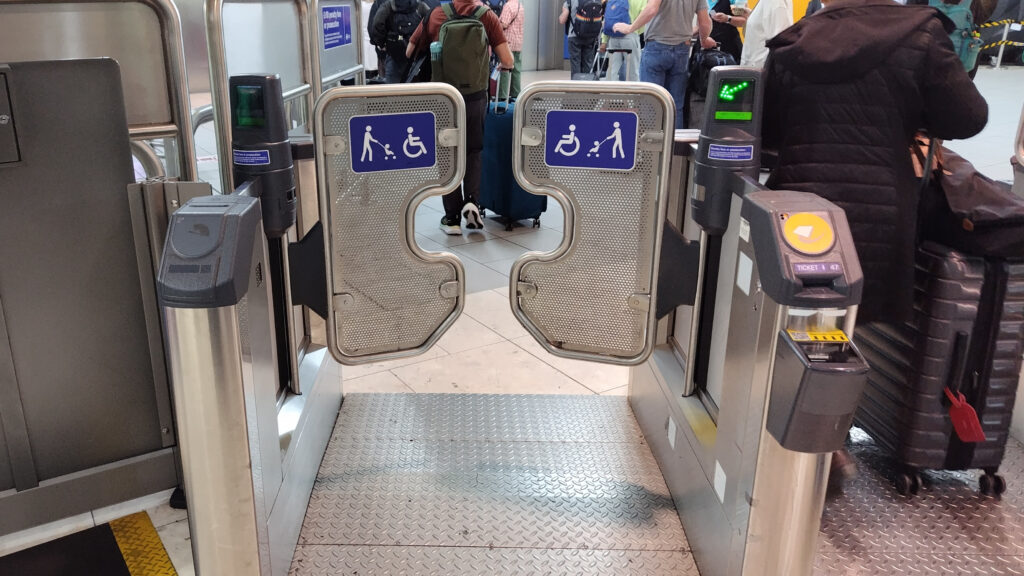
Fare rule #1) Fares are different during peak and off-peak times
If you use your credit card or Oyster card, the fare discount you get depends on what day and time you travel. Fares are a little higher during peak times and a little cheaper during off-peak times.
Peak times: Monday to Friday, 6:30am to 9:30am and 4pm to 7pm
Off-peak times: Days and times outside peak times, including public holidays

If you buy a ticket with cash, it’s always the regular fare.
Be careful!
Fare rule #2) Understand the zone system
The fare for the London Underground is determined by the zone, not the distance between the stations. The center of London is set as Zone 1, and it is divided into nine concentric zones, Zones 2, 3, etc. from the inside. Most of London's major tourist attractions and railway terminal stations are in Zone 1. London City Airport, which is close to the city center and has many domestic flights, is in Zone 3, and Heathrow Airport, where many long-distance international flights depart and arrive, is in Zone 6.
The major stations in each zone are as shown in the table below.
| Zone | Main stations within the zone |
| Zone 1 | Paddington, Euston, St. Pancras, Kings Cross, South Kensington, Bond Street, Victoria, Westminster, Waterloo, London Bridge, Tower Hill etc. |
| Zone 2 | Greenwich, Finsbury Park, West Hampstead, Kensington (Olympia), etc. |
| Zone 3 | London City Airport, Tottenham Hale, Ealing Broadway, Wimbledon etc. |
| Zone 4 | Barking Riverside, Ilford, Finchley Central, Wembley Park, Richmond etc. |
| Zone 5 | Dagenham Heathway, Cockfosters, High Barnet, Edgware, Stanmore, Harrow on the Hill etc. |
| Zone 6 | Heathrow Airport stations, Reading, Upminster, Epping, Uxbridge etc. |
| Zone 7 | Watford etc. |

For example, within Zone 1, the regular fare is £6.70, but if you pay with a credit card or Oyster card, it’s discounted to less than half the price (£2.80 during peak hours, £2.70 off-peak).
Fare rule #3) There is a daily fare limit
There is a daily fare limit, so you can rest assured even on days when you are traveling a lot on the subway due to sightseeing. For example, the daily limit is £8.7 in zones 1-2, and £10.5 in zones 1-3.
*prices after fare revision from March 2, 2025.
Fare rule #4) Children’s fares are divided into detailed categories
Children's fares are divided into categories based on age and whether they are a student or not. There are discounts for cash payments, but the bigger discount is for payments with a Zip Oyster photocard. However, it takes a few days to create a Zip Oyster photocard, so be careful if you are traveling for a short period of time.
(Example) Regular adult fare in Zone 1: £8.7
Under 5 years old: Free
5-10 years old: £3.3 in cash, always free in Zip Oyster photocard
11-15 years old: £3.3 in cash, £0.95 during peak hours, £0.85 off-peak in Zip Oyster photocard
16 years old and over: £6.7 in cash, £1.40 during peak hours, £1.35 off-peak in Zip Oyster photocard
18 years old and over: £6.7 in cash, £2.80 during peak hours, £2.70 off-peak in in Oyster photocard

Please note that in order to receive the discount as a student aged 18 or over, you must be a resident of a London borough.
Route maps and electronic displays help passengers get off the train
Inside the train, there are route maps and electronic notice boards above the doors. Check these to find out which station you should get off at.
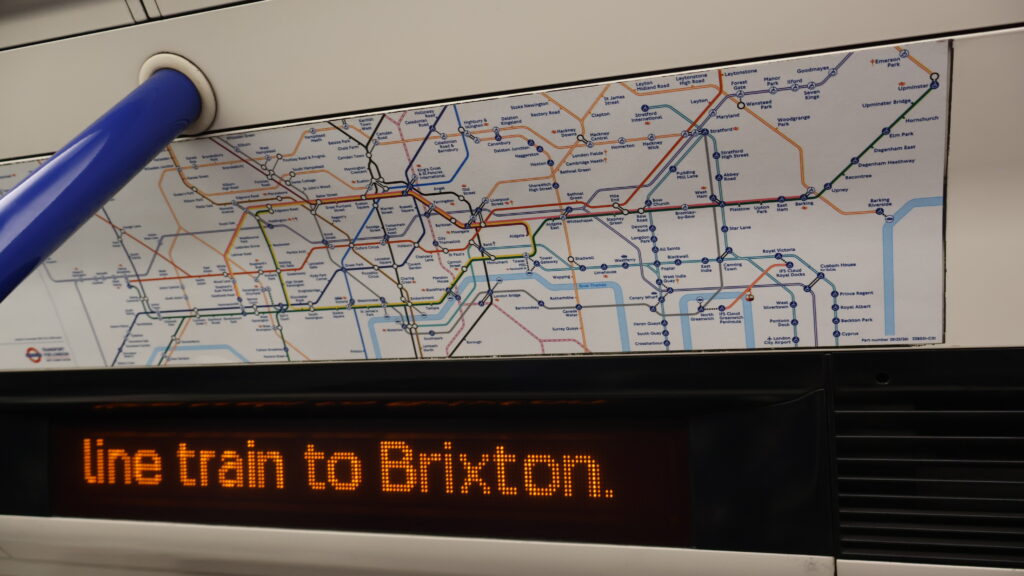
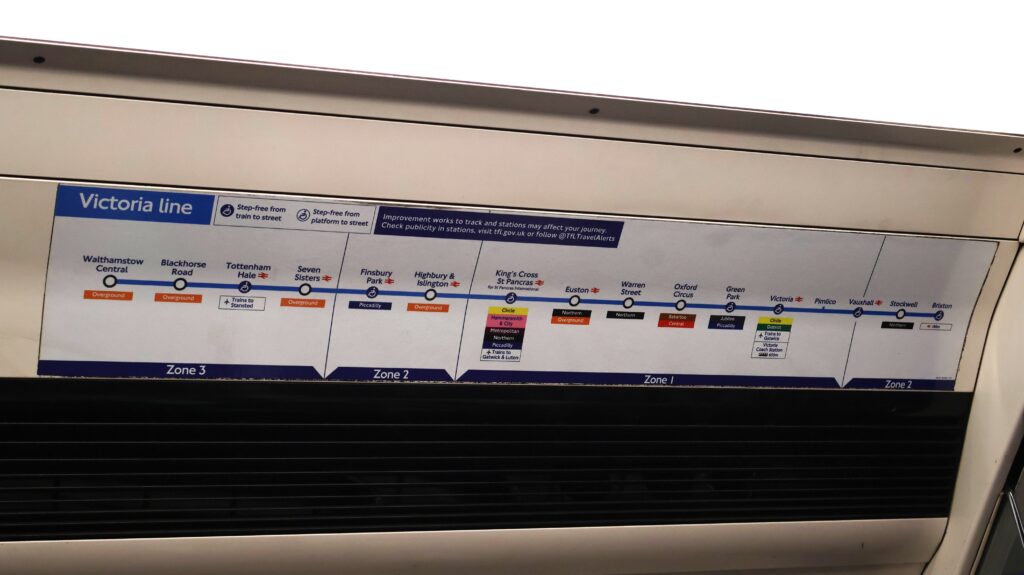
Have a nice trip!

